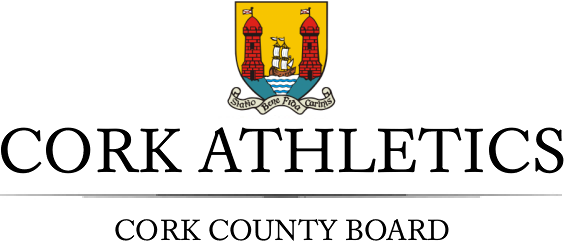Marathon Advice - Recovery
Cork Athletics Webmaster's Advice for Marathon Recovery
Recovery after the Marathon
Recovery begins IMMEDIATELY after you cross the line
Important!! First Thing!!
- Think on your feet! You will be VERY tired. Heed the advice in this section
- Keep moving once you cross the line. The lactic acid debt will hit you pretty quick, and all movement will help clear it
- The recovery phase after the marathon starts immediately after the race. Re-hydrate and refuel - But DON'T overdo it. Avoid High-Energy Drinks. Listen to what Dr. Jason Van Der Velde, Cork City Marathon's Medical Lead, has to say on the Marathon & Recovery

- After you finish (and you will!), make sure to eat something. Try to get some carbohydrates into you within 15 minutes of finishing - it'll kick start your body's recovery. Leave it later and your digestive system will start to shut down - safeguard mode. Replace lost fluids and energy as soon as possible. Drink plenty and try to eat foods with plenty of carbohydrates; bananas, pasta, bread, etc.
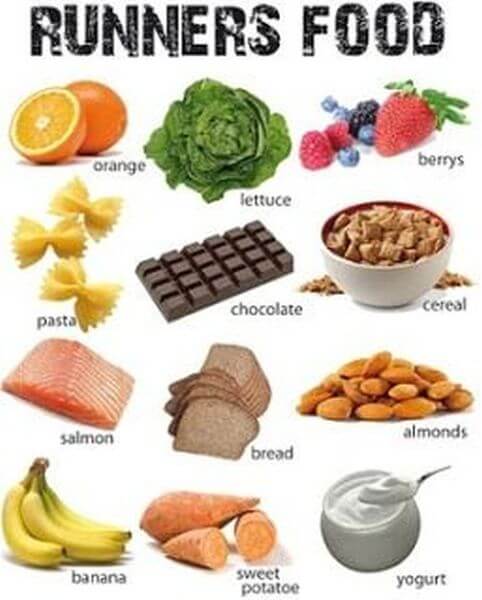
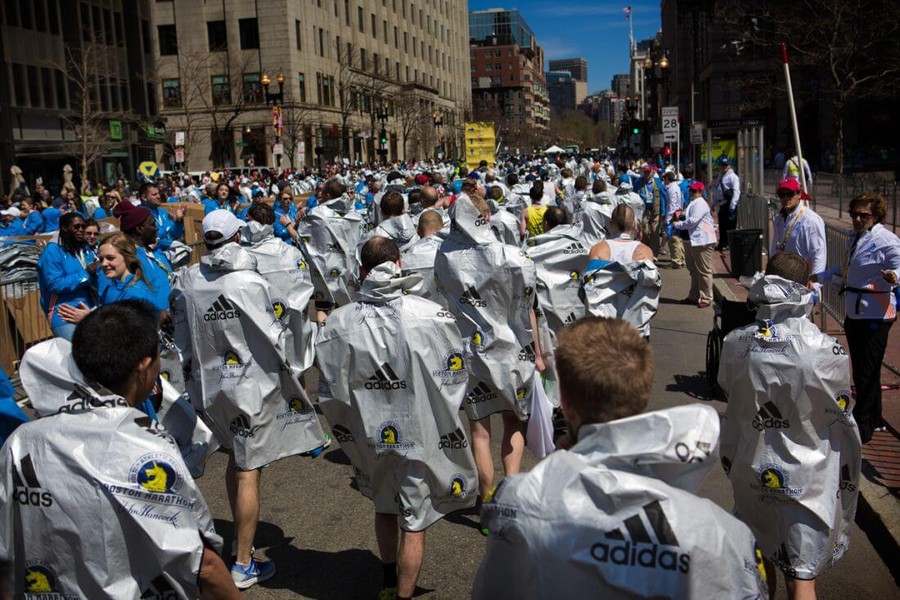
- Keep warm, remember to pack a fleece or jumper, t-shirt, leggings, hat, socks and, maybe, gloves. If the day is wet, a change of shoes will be needed. If all this doen't fit into the 'drop bag', give the non-essentials to someone who will meet you afterwards. You'll feel cold very quickly afterwards, so wrap up well, ideally in layers.
- Every year, I see people trudging home, sometimes 2 or 3 miles away from the finish, simply dressed in the singlet and shorts they ran the Marathon in, proudly wearing their medal around their neck. DON'T be the one to forget to pack something to wear AFTER the event. Sure you'll get a Technical Top. You can wear that...but it isn't enough to keep you warm. Bring more...Layers are best!
- Have someone meet you at a prearranged spot to give you dry clothes or to take extra layers. The finish area is mayhem! Know exactly where you are meeting friends and family! Have a backup location in case, for whatever reason, the first location is, say, closed to either runners or spectators.
- Hyponatraemia - Arises from drinking too much water. This is more likely to affect those who are out on the course longer, or who may not have balanced their fluid intake, in the lead-up. Hyponatremia occurs when the concentration of sodium in your blood is abnormally low. Sodium is an electrolyte, and it helps regulate the amount of water that's in and around your cells. In hyponatremia, one or more factors — ranging from an underlying medical condition to drinking too much water — cause the sodium in your body to become diluted. When this happens, your body's water levels rise, and your cells begin to swell. This swelling can cause many health problems, from mild to life-threatening.
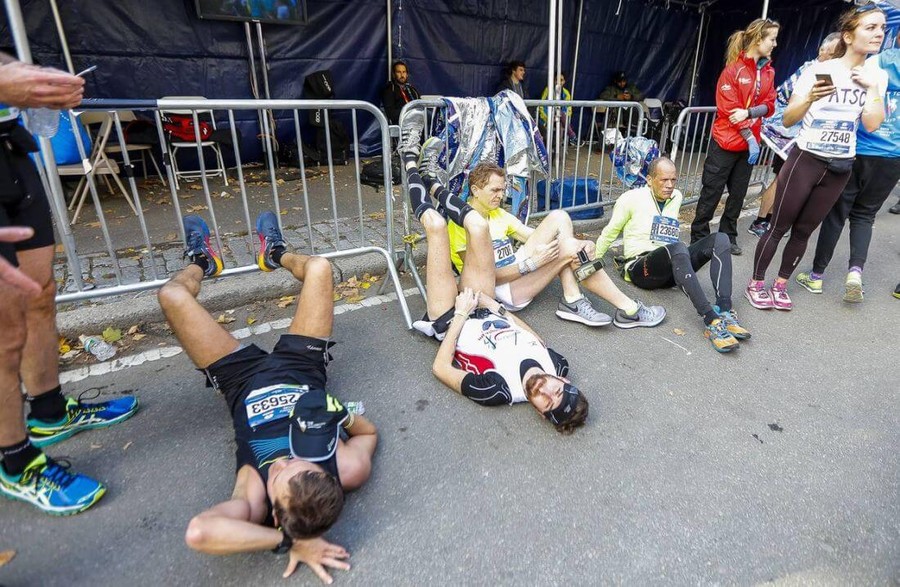
-
Symptoms - Hyponatremia signs and symptoms may include:
Nausea and vomiting
Headache
Confusion
Loss of energy, drowsiness and fatigue
Restlessness and irritability
Muscle weakness, spasms or cramps
Seizures
ComaWhen to see a doctor
Seek emergency care for anyone who develops severe signs and symptoms of hyponatremia, such as nausea and vomiting, confusion, seizures, or lost consciousness
If YOU see someone in distress, please alert the Medics along the course. At, and after, the finish there will be lots of paramedics about. DON'T assume that someone else has alerted them.
Later
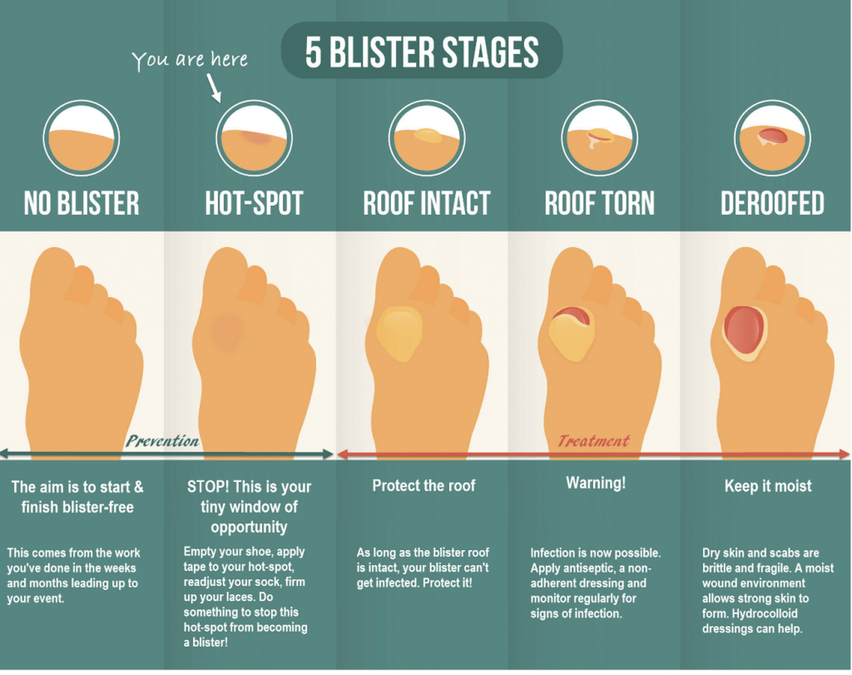
- It is unwise to pop your blisters until after you shower, to prevent infection. Use a sterilized needle to pop two slits on opposite sides of the blister and leave the roof on. Lubricate the area with antibiotic ointment, and only cover them if you absolutely needed. (Second Skin or Compeed work best.) Leaving the blisters open and soaking in Epsom Salts also dries them out faster. If you have black and blue toenails, drain them as soon as possible, and you may be able to save your toenails and avoid a lot of unnecessary pain.
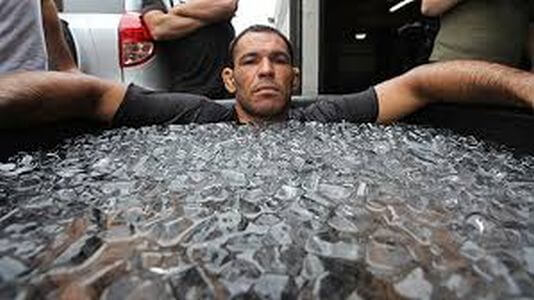 | 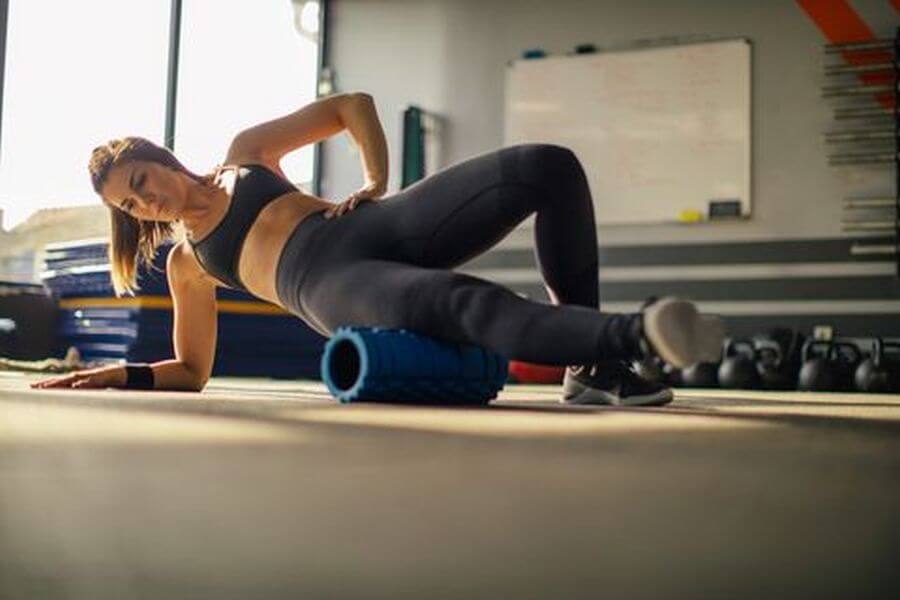 |
- Alternate hot and cold soaks, and get a massage. Use a foam roller (lightly) and a "stick" or pastry roller.
- Congrats on finishing! Rule of thumb for recovery is 1 day for every mile, that doesn't mean don't do anything but don't plan to race or run hard any time soon. Take it easy!
- Anti-inflammatory such as Aleve or Advil (as long as you are not allergic or have ulcers) will help ease your pain in the first post-marathon week. Getting a massage helps flush out all the waste products in your muscles.
- It may be wise not to resume running until all of the soreness is gone from your legs. Use your judgment about when to resume running. Basically, if anything is swollen or bruised, or if you experience sharp pains when you resume running, stop!
- Eat a bit more and sleep a bit more. You need the building blocks for muscle repair, and your body does most of its repair work when you're sleeping
The Day After the Marathon
- Rather than spin the day after the race, swim or deep water run. You loosen your muscles up a bit without putting any pressure on the joints.
- If, like me, you are prone to cold-sores, you will be very prone to them after the marathon. If you swim in the few days afterward, you should apply a lip protector or Vaseline. It helps to lightly smear Vaseline into and around openings of your nostrils. Bet the rest of you are glad you don't get cold-sores - lucky buggers!!
- The post-endurance-event athlete is prone to fatigue and chronic dehydration, as well as injury and illness. "The body is weak, and the mind is undisciplined because the immediate goal has been achieved. A post-marathon runner is very vulnerable". Three body systems are now in need of recovery: muscular, chemical and psychological.
- Keep moving around as much as possible in the days after the marathon. Alternate hot and cold soaks, and get a massage.
- Anti-inflammatory such as Aleve or Advil (as long as you are not allergic or have ulcers) will help ease your pain in the first post-marathon week. Getting a massage helps flush out all the waste products in your muscles. Use a foam roller and a "stick" or pastry roller.
Resuming Training
- Unless you are hell-bent on doing back-to-back Marathons, Your first long run should slot in about 4 weeks after the marathon.
- Start getting back into training with longer runs and speedwork about 3-4 weeks afterwards. Don't be surprised if you come down with a cold or some other virus in the next week or so. It often happens after a marathon. Pamper yourself until it clears.
- Savor the soreness afterward. Each creaky step will be a reminder of all your hard work. Once you're ready to feel like a normal person again, cycling/spinning is a great recovery activity. Also, a massage will never feel so good or so well-deserved.
- If your symptoms don't improve in a week, seek medical advice. I recommend taking it easy for a month after the marathon.
- There's no rush. You have a lot of repair work to do. Let the pain settle. Have a walk and splash about in the swimming pool. One week after the marathon is quite soon enough for your first run of any significant length, and if you don't run for two weeks that's fine.
- Novice and veteran endurance event racers, from road runners to rowers to multisporters, have one thing in common: all are subject to "the blues" in the weeks following the big day. It's important to be prepared for this possibility and to take measures, if necessary, to get back on track.
- It may be, for reasons of weather or bad form or bad luck on the day, the event did not go as well as you had hoped, and you are now spending a lot of mental energy cursing circumstances or trying to figure out what happened. Rest up, recover & lick your wounds. There will be another day!
Information and Weather Outlook for Dublin Marathon 2019
Includes Tracker, Livestream Link, Travel Info, and lots more
Download Cork Athletics Webmasters Marathon Race Day Advice - PDF File
John Quigley, Cork Athletics Webmaster, has a Marathon best of 2:46:03, has run 26 Marathons in all, and has been running for over three decades. John is also an International AIMS/IAAF Grade A Measurer.
